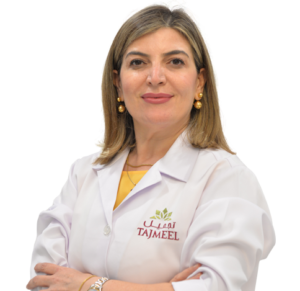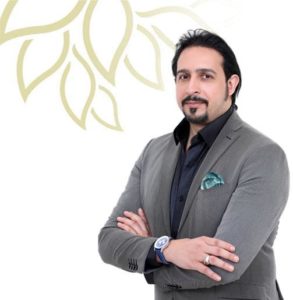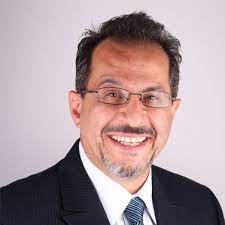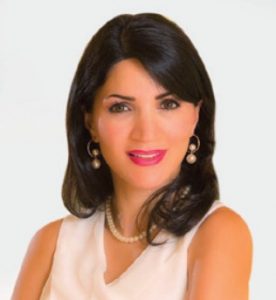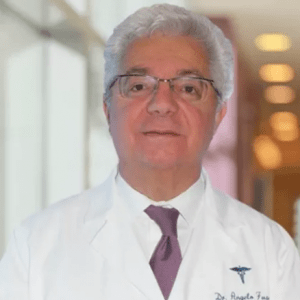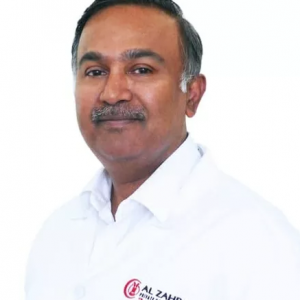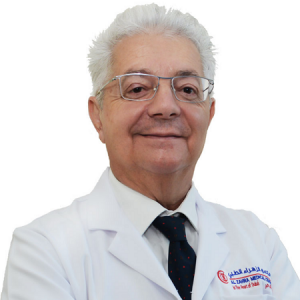Cleft Palate Surgery
A Cleft palate is defined as an opening in the roof of the mouth at the time of birth, which leaves a hole between the nose and the mouth. A cleft palate can involve a soft palate (the soft back portion of the roof of the mouth) or hard palate (bony front portion of the roof of the mouth) or sometimes can be associated with a cleft lip [2]. Children born with cleft palate always find difficulty in eating and speech. These orofacial clefts are the most common birth defects. Read More
Top Doctors For Cleft Palate Surgery Treatments
Top Hospitals For Cleft Palate Surgery Treatments
Cleft Palate Surgery
What is a cleft palate?
A Cleft palate is defined as an opening in the roof of the mouth at the time of birth, which leaves a hole between the nose and the mouth. A cleft palate can involve a soft palate (the soft back portion of the roof of the mouth) or hard palate (bony front portion of the roof of the mouth) or sometimes can be associated with a cleft lip [2].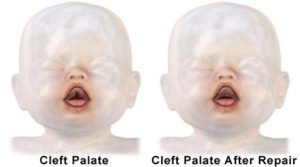
- Only a cleft palate (opening in the roof of the mouth)
- Only a cleft lip (opening in the upper lip)
- Cleft lip and cleft palate [1].
 Picture Courtesy: Mayo clinic
Picture Courtesy: Mayo clinic
Cleft Palate Diagnosis and Treatment:
Due to the number of oral health and medical problems that arise with the soft cleft palate in a baby, a team of doctors and specialists such as plastic surgeons usually work together to develop a medical treatment plan for the kid’s cleft lip repair surgery.How do we approach cleft patients?
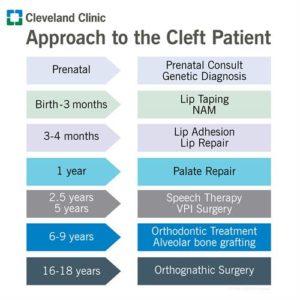 Picture Courtesy: Cleveland clinic
Prior to the treatment:
Picture Courtesy: Cleveland clinic
Prior to the treatment:
- Doctors usually suggest a prenatal ultrasound to diagnose the clefts of the lip. During a prenatal ultrasound scan, only 7% of the children are detected with isolated cleft palate.
- If cleft lip and cleft palate were not detected during the ultrasound, a physical examination of the mouth, palate, and nose could help diagnose the palate after the child’s birth.
 Picture Courtesy: Nationwide children
Mostly, the treatment requires one or two cleft lip surgeries based on the width and extent of the cleft and is usually performed by the time a baby is 3 months old. These are the procedures that happen during cleft lip repair surgery:
Picture Courtesy: Nationwide children
Mostly, the treatment requires one or two cleft lip surgeries based on the width and extent of the cleft and is usually performed by the time a baby is 3 months old. These are the procedures that happen during cleft lip repair surgery:
- The doctor will place the child undergoing the surgery under general anesthesia.
- The surgeon will use tissue and skin from both sides of the soft cleft palate to make the lip wider to close the gap.
- The doctor then performs a lip-taping regimen to narrow the gap in the cleft lip.
- A nasal elevator is used to help form the correct shape of the baby’s nose.
- A nasal-alveolar molding (NAM) is used to help mold the lip tissues for cleft lip repair.
- Special tubes are placed in the eardrums to aid fluid drainage and reduce the chance of fluid developing in the middle ears of babies, and these kids’ hearing needs to be checked every year.
What is the prognosis and recovery of cleft lip or palate children?
Prognosis, Post-treatment, and Recovery:- The child with the defect is communicated openly to build their self-esteem.
- Speech of kids after cleft lip surgery is assessed between ages 4 and 5 with the speech pathologist, and mostly surgery is suggested if the kid has speech disability at the age of 5
- Doctors may suggest a bone graft at around 6 – 10 years to stabilize and support the permanent teeth and upper jaw.
- Additional surgeries may be performed later during the age to improve the appearance of the lip and the nose of the kid.
- Regular hearing tests are to be performed.
- Genetic Counselling: The doctor may suggest a genetic counselor to help determine the risk of children having a cleft lip and cleft palate before getting pregnant, in case there is someone in the family with a history of the defect
- Take Prenatal Vitamins: The doctor may suggest the woman take prenatal vitamins if planning for a pregnancy.
- Refrain using tobacco and alcohol: Usage of tobacco and alcohol will be asked to stop by the doctor.
Symptoms
These are generally the common symptoms of soft cleft palate in babies which happens as a birth defect:
- A split in the roof of the mouth (palate) as well as in the lip which normally affects one or both sides of the face of the babies
- An opening that appears as a small notch in the lip or extends through the upper gum from the lip as well as the palate towards the bottom of the nose
- An opening in palate area of face which doesn’t affect the appearance of the face
However, a different type of cleft palate and cleft lip which usually occurs in the muscles of the soft palate called ‘Submucous Cleft Palate’ often goes unnoticed mainly at birth and may not be identified until signs and symptoms arise later. Few of the symptoms of submucous cleft palate include:
- Nasal speaking voice
- Difficulty with feedings
- Difficulty in swallowing especially potential liquids and foods that come out of the nose
- Chronic ear infections and hearing loss
- Speech difficulties
- Dental problems
Causes
What causes cleft lip and cleft palate?
Though, a definite cause isn’t discovered yet research still shows that most of the cleft lip and palate cases especially sub mucosal cleft palate and tessier cleft palate are caused due to:
- An interaction of genetic and environmental factors
- Parents (mother or father) passing on genes that causes clefting as part of genetic syndrome or alone
- Babies inheriting the gene which makes them develop cleft lip and palate
- Environmental trigger causing the cleft to occur
- Exposure to certain substances in women during pregnancy
- Having diabetes
- Obesity during pregnancy
- Family history
FAQ
1. What is Tessier Cleft Lip and Palate?
Tessier cleft lip and palate are a series of severe facial clefts which involve more than just the lip and the upper jaw, causing malformations to structures that include the teeth, the tear ducts, eye orbits, ears, and forehead and may continue into the hairline.
2. What is a bilateral cleft lip and palate?
A bilateral cleft lip and palate usually appears as small notches towards the edges of the lip only, or either they extend into the nose or gums.
3. What are the types of cleft palate?
A few of the common types of cleft palate are incomplete cleft palate, complete cleft palate, and submucous cleft palate
4. What is a unilateral cleft lip and palate?
Unilateral cleft lip and palate is a defect that involves the lip, nose, and maxilla.
5. How much does cleft palate surgery cost?
The reconstructive surgery procedure usually depends on the area of origin of the patient and the doctor’s expertise level. However, a health insurance plan can usually cover the cleft palate surgery costs since it is a reconstructive procedure.
6. What are the cleft palate surgery complications?
Complications associated with cleft palate surgery are:
- Bleeding
- Fluid buildup behind the ear
- Fever, infection
- Speech problems
- Hearing loss
- Anesthesia risk
- Irregular healing of scars.
- Formation of fistula results from poor wound healing [5].
- Velopharyngeal insufficiency
- Detrimental effect on the maxillary growth in the child.
7. What causes cleft palate? Is cleft palate hereditary?
A definite cause isn’t discovered research yet still shows that most of the cleft lip and palate cases, especially submucosal cleft palate and Tessier cleft palate, are caused due by An interaction of genetic and environmental factors or parents (mother’s or father’s) passing on genes that cause clefting as part of a genetic syndrome or alone.
8. How successful is cleft palate surgery?
Due to advancements in technology and improvisational skills of the surgeons, most of the children suffering from cleft lip and palate are treated entirely with no lasting problems.
9. How long does cleft palate surgery take?
Cleft palate surgery usually takes about 2-3hours. However, in a few complicated cases, it might take more than 2-3hours.
10. Why is cleft palate surgery delayed?
Cleft lip and cleft palate surgeries are usually not performed immediately after birth because the child should grow big enough to withstand the procedure and perform the surgery safely [6].
11. When does cleft palate surgery typically occur?
- Cleft lip repair typically occurs between 3-6 months
- Cleft palate repair occurs around 12 months or sometimes even earlier
- Follow-up surgeries can be done between age 2 and late teen years [4].
References
- https://kidshealth.org/en/parents/cleft-palate-cleft-lip.html#:~:text=A%20cleft%20palate%20usually%20is,that%20works%20well%20for%20speech.
- https://my.clevelandclinic.org/health/diseases/10947-cleft-lip-and-palate
- https://my.clevelandclinic.org/health/diseases/10947-cleft-lip-and-palate
- https://www.mayoclinic.org/diseases-conditions/cleft-palate/diagnosis-treatment/drc-20370990
- https://www.plasticsurgery.org/reconstructive-procedures/cleft-lip-and-palate-repair/safety
- https://med.virginia.edu/pediatrics/clinical-and-patient-services/patient-tutorials/cleft-lip-palate/treatment-of-cleft-lip-palate/



